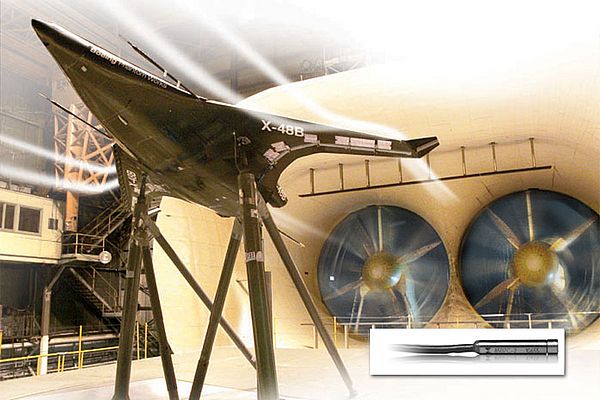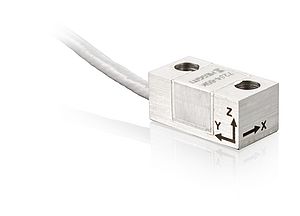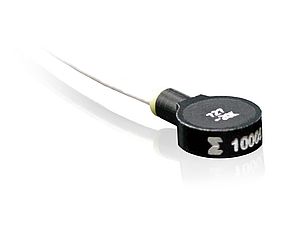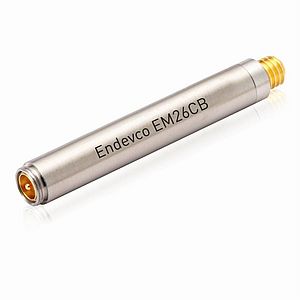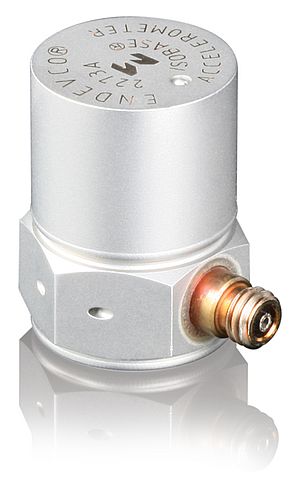Meggitt Sensing Systems' Endevco 8507C rugged, miniature piezoresistive pressure transducers, as well as its full range of acoustic microphones support the requirements of hypersonic, transonic and "quiet flow" wind tunnel testing; turbulent airflow measurements; and other high-intensity aerodynamic testing.
Available in low pressure offering of 0.07, 0.13, 0.34, and 1 bar ranges with a 300 mV full-scale output and up to 20X minimum burst pressure (0.07 and 0.13 versions), series transducer output is three times that of any other industry pressure transducer at comparable ranges. The device features an active four-arm strain gauge bridge, diffused into a sculptured silicon diaphragm, for maximum sensitivity and wideband frequency response. The 2.34mm cylindrical housing is designed for space constrained installations, or for those which do not require threaded mounting. Its small size even permits flush mounting on curved surfaces. Self-contained hybrid temperature compensation provides stable performance over an operating temperature range of -18 to +93°C, with excellent thermal transient measurement stability. The transducers also feature linear performance to 3X range and high shock resistance, along with the highest available output for size ratio. Recommended accessories include a three-channel DC bridge amplifier; model 136 three-channel signal conditioner; model 4430A bridge transducer signal conditioner, or the Endevco 4990a Oasis rack-mounted signal conditioner.
Endevco prepolarized condenser measurement microphones are offere in free-field, pressure, low-cost array and random incidence types, which may be used to meet IEC and ANSI standards. Models may be purchased as stand-alone units or in precalibrated 0.25” and 0.5” microphone and low-noise preamplifier combinations with iTEDS onboard memory storage (per IEEE 1451.4). These are often specified to measure larger channel airflow conditions. Low-profile surface microphones are also used to support wind tunnel noise testing, turbulent flow measurements, acoustic radiation surface measurements and wind-induced airborne vehicle noise monitoring.


